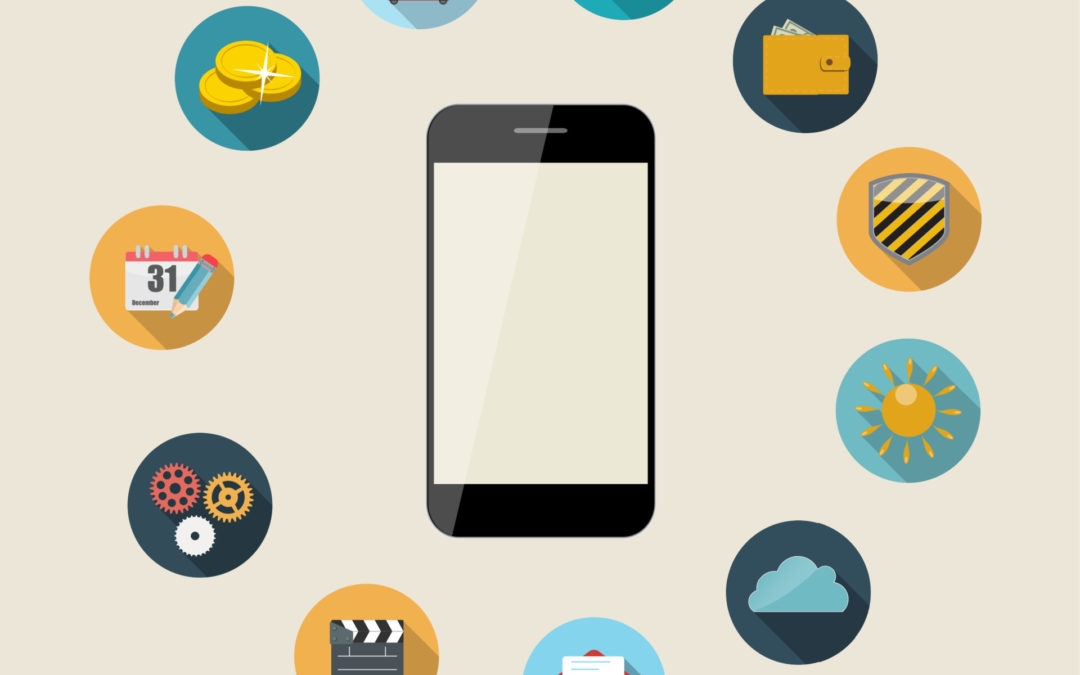Attention Deficit Hyperactivity Disorder (ADHD) is a neurodevelopmental disorder that affects millions of individuals worldwide.
Characterized by symptoms of inattention, hyperactivity, and impulsivity, ADHD poses unique challenges to daily functioning, particularly in areas such as organization, time management, focus improvement, and task completion.
In recent years, the rapid advancement of digital technology has led to the emergence of a wide range of tools and applications designed to assist individuals with ADHD in overcoming these challenges. From innovative organizational platforms to interactive focus-enhancing apps, the intersection of technology and ADHD management has shown promising results, offering new avenues for individuals to lead more structured and fulfilling lives.
The Digital Revolution in ADHD Management
The advent of digital tools and apps has transformed various aspects of modern life, and ADHD management is no exception. Traditional strategies for coping with ADHD, such as physical planners and handwritten to-do lists, often fell short due to their limited adaptability and the potential for disorganization. Technology, on the other hand, presents an array of features that align seamlessly with the needs of individuals with ADHD.
Technology presents an array of features that align seamlessly with the needs of individuals with ADHD.
Organization and Time Management
One of the key challenges individuals with ADHD face is organizing their tasks and managing their time effectively. Digital tools offer dynamic solutions for this struggle. Task management applications like Todoist, Trello, and Asana provide customizable platforms where users can create, prioritize, and track tasks. These platforms often include features such as reminders, due dates, and categorization options that facilitate organization. Individuals with ADHD can benefit from these tools by breaking down larger tasks into smaller, manageable steps, setting reminders to prevent forgetfulness, and maintaining a clear overview of their responsibilities.
Additionally, digital calendars like Google Calendar and Microsoft Outlook have become indispensable tools for time management. They allow users to schedule events, appointments, and deadlines while sending notifications to help users stay on track. For individuals with ADHD, these apps act as virtual assistants, ensuring that important commitments are not overlooked.
Focus Improvement and Task Completion
Maintaining focus and completing tasks in a timely manner are perennial challenges for those with ADHD. Fortunately, technology offers a range of solutions to address these issues. Specialized apps like Forest and Focus@Will utilize techniques such as the Pomodoro Technique—where work intervals are alternated with short breaks—to enhance focus.
Forest, for instance, gamifies this process by growing a virtual tree during a focused work session, which can be quite motivating.
Focus@Will curates music designed to boost concentration by utilizing specific sound frequencies.
Another notable innovation is the rise of digital note-taking applications like Evernote and Notion. These platforms allow users to organize their thoughts, ideas, and information in digital notebooks that are easily searchable and shareable. Individuals with ADHD can benefit from these apps by quickly jotting down important information and ideas, reducing the likelihood of forgetting crucial details.
Cognitive Training Apps
Beyond organization and focus, cognitive training apps have gained traction in the ADHD management landscape. These apps offer exercises that target specific cognitive functions, such as working memory, attention, and impulse control. Lumosity and CogniFit are examples of platforms that provide scientifically designed brain-training games. By engaging with these games regularly, individuals with ADHD can potentially enhance their cognitive abilities and improve their executive functioning skills over time.
Challenges and Considerations
While the integration of technology into ADHD management holds great promise, it also comes with challenges and considerations. Firstly, the sheer abundance of available apps and tools can be overwhelming, potentially leading to decision paralysis. To address this, it’s essential for individuals with ADHD to research and select a few tools that align closely with their specific needs.
Secondly, while technology can be immensely helpful, it is not a one-size-fits-all solution. Different individuals have varying degrees of ADHD symptoms and preferred methods of organization and focus enhancement. Thus, it’s important to approach technology as a supportive tool that complements personalized strategies and coping mechanisms.
Furthermore, there is a concern regarding the potential for overreliance on technology. Relying solely on digital tools might inadvertently discourage the development of non-digital organizational and time management skills. Striking a balance between utilizing technology and practicing offline strategies can ensure a well-rounded approach to ADHD management.
The Future of Technology and ADHD Management
As technology continues to advance, the future of ADHD management holds exciting possibilities. Machine learning and artificial intelligence could enable the development of personalized apps that adapt in real-time to an individual’s needs and preferences. Wearable devices could offer biofeedback to monitor stress levels, attention spans, and other physiological markers, providing insights that inform strategies for managing ADHD symptoms effectively.
Telemedicine and remote therapy options are also becoming increasingly prevalent. This could provide individuals access to professional support and interventions from the comfort of their homes, reducing barriers such as transportation and scheduling conflicts.
Final Thoughts
Digital applications have emerged as powerful assets for individuals with ADHD. Through a myriad of online tools and apps, individuals can enhance their organization, time management, focus, and task completion skills. These technologies offer a dynamic and adaptable approach to ADHD management that can significantly improve daily functioning and quality of life. However, it’s essential to approach these tools mindfully, selecting those that align with individual needs and using them as a supplement to a holistic ADHD management strategy.
As technology continues to evolve, its potential to reshape the landscape of ADHD management remains an exciting prospect, offering hope for a more structured and empowered future.

